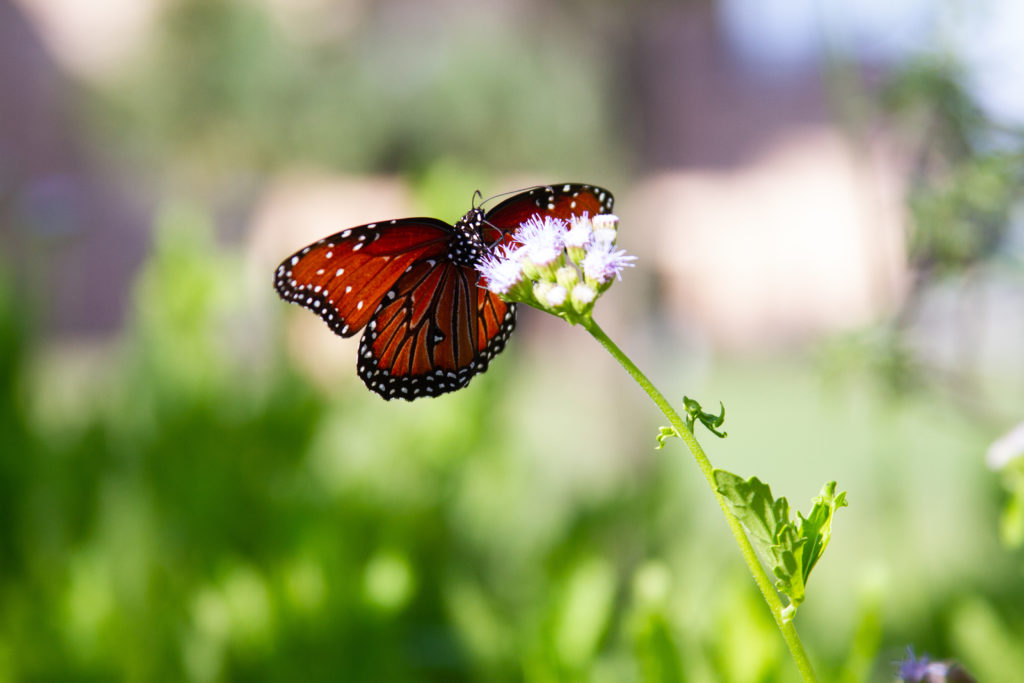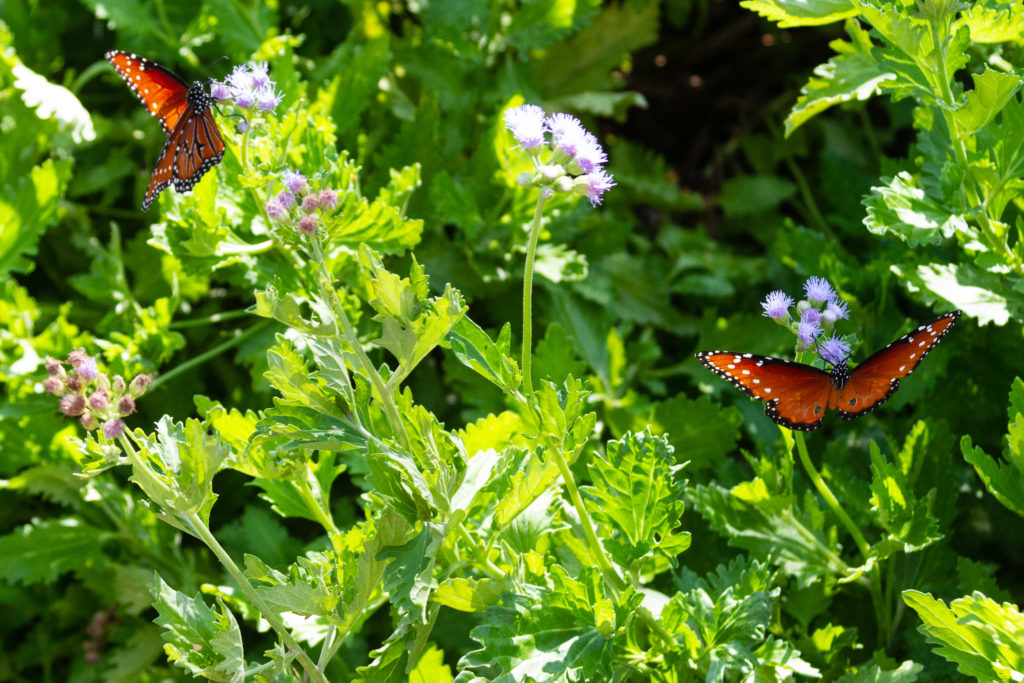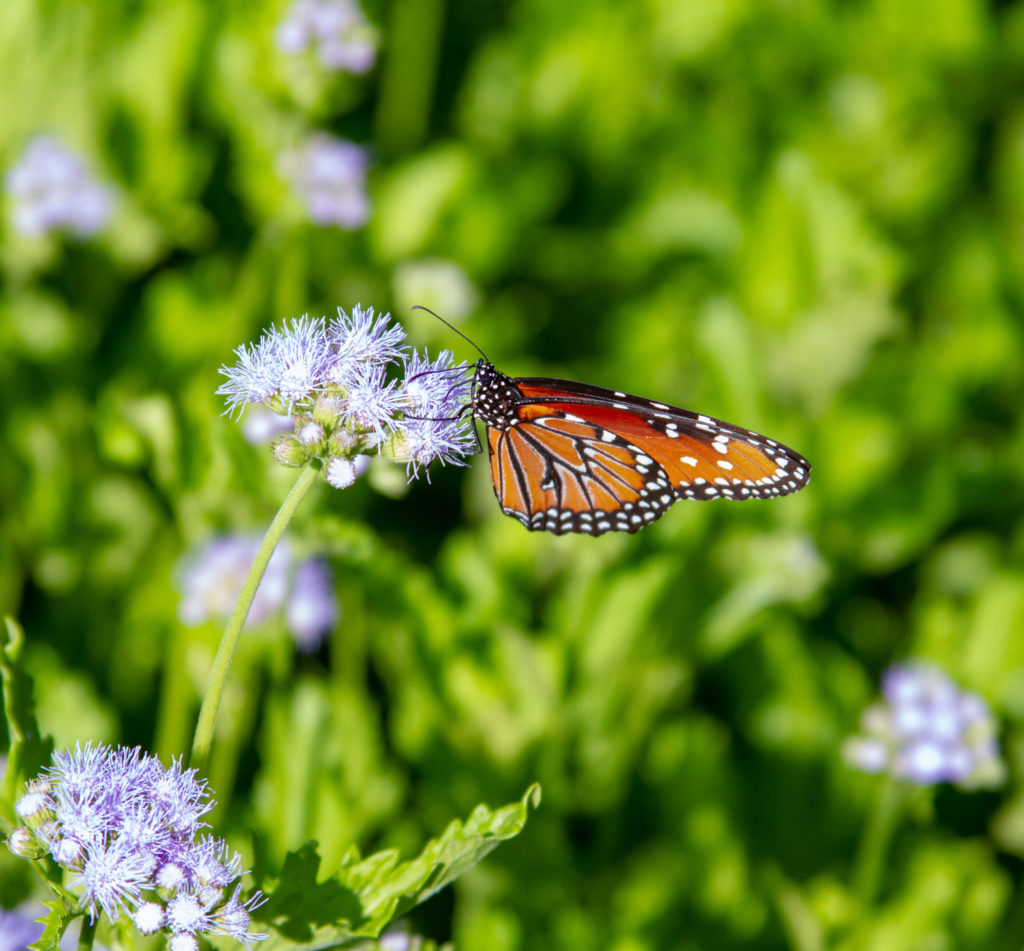‘The most beautiful of all butterflies’
BROWNSVILLE – Monarch butterfly populations have declined 90%, according to The Village of Glenview. Their habitat is diminishing across North America.
“We don’t have a lot of [habitats] left,” said Jon Dale, a senior manager for American Forests. “When we say milkweed, we’re talking about different species of milkweed … on a North-American scale; the issue is deforestation. We’re losing a lot of the habitat along the stopover route, [or a break in a journey], and, also, … a lot of the forests in Mexico where [monarch butterflies] spend their winters are being cleared, too.”
The Center for Biological Diversity, Center for Food Safety, the Xerces Society for Invertebrate Conservation and late-American entomologist Lincoln Brower petitioned for the monarch butterflies to be protected under the Endangered Species Act (ESA) in 2014. This species of butterfly is still under consideration for protection.
Although rapid habitation loss is happening, local schools, such as Pharr-San Juan-Alamo Independent School District, are working toward the conservation of monarch butterflies.
“PSJA has an awesome program where have they put in a lot of different butterfly gardens with Mr. Allen Williams, [the landscape habitat specialist for the district],” Dale said. “They work in conjunction with the [U.S.] Fish and Wildlife Service quite a bit at Santa Anna and they’ve put in a lot of different butterfly gardens that feature these plants that monarchs will use to feed on.”
At the University of Texas Rio Grande Valley, the Biology Department and the School of Earth, Environmental and Marine Sciences came together to add more flora on the Brownsville campus to provide a spot for monarch butterflies to breed.
As previously reported, 19 flower beds were built, housing native plant species. Aside from milkweed, the garden includes Blackfoot daisies, white mist and sweet gaura.
Butterflies are pollinators, a species that assist in fertilization of flowers. In agriculture, pollinators help in the production of fruits and nuts.
“We’re already having serious problems in agriculture,” Dale said. “I previously worked in agriculture here in the Valley … I can’t tell you how badly we miss all those … pollinator populations that used to be here.”
Brianna Bazan, a biology senior at the University of Texas Rio Grande Valley, said if monarch butterflies were to go extinct, she’d miss their beauty as they are her favorite species.
“What they do for our planet and our environment, [they] brighten up what we have down here, especially because we don’t have much,” Bazan said.
To learn more about how to help with conservation efforts for monarch butterflies, visit the U.S. Fish and Wildlife Service website.









